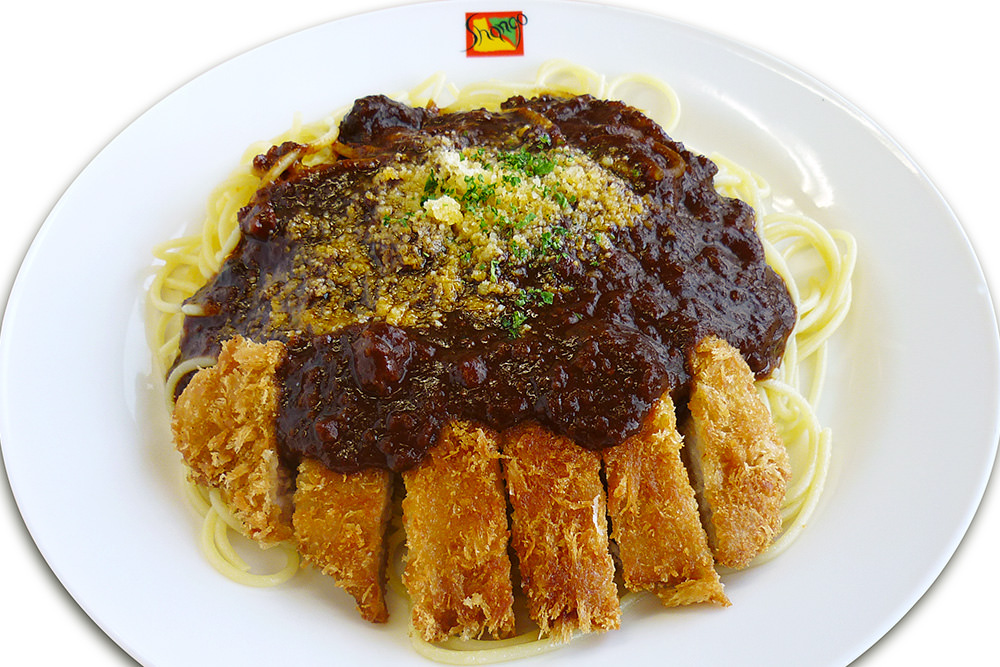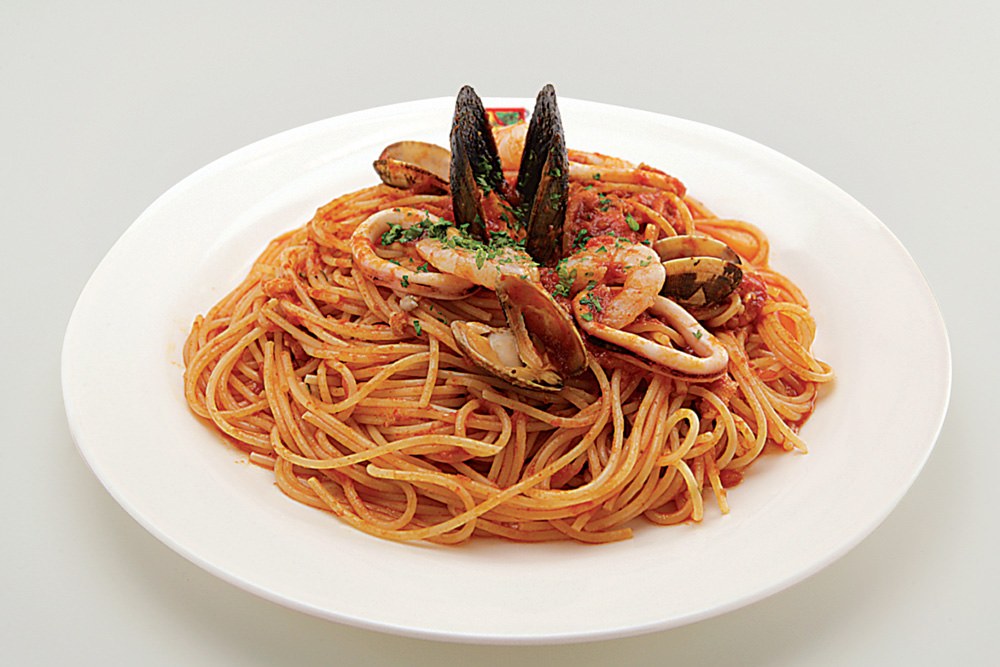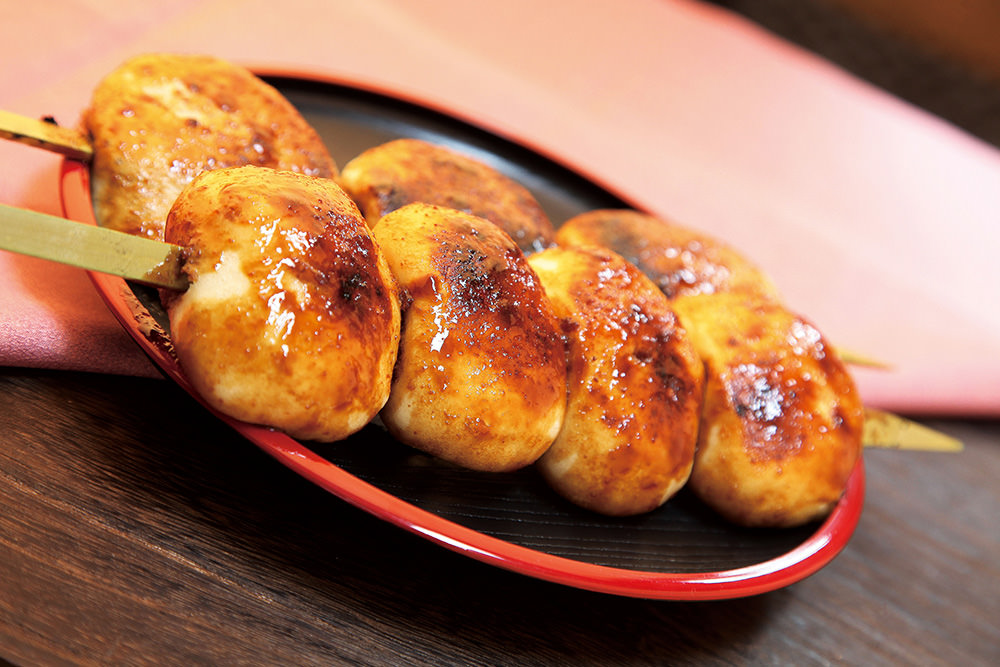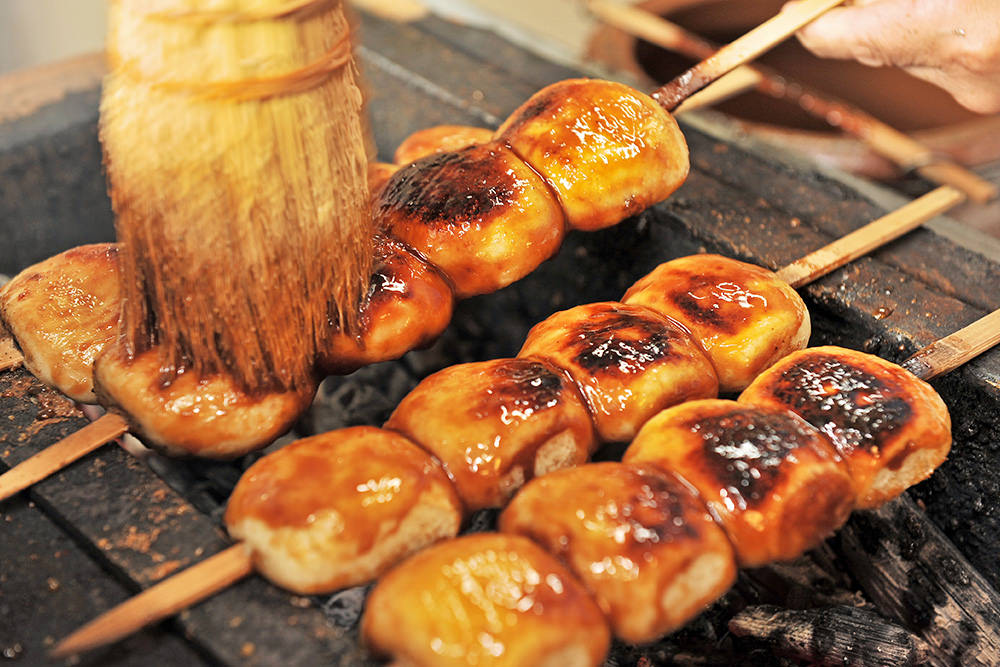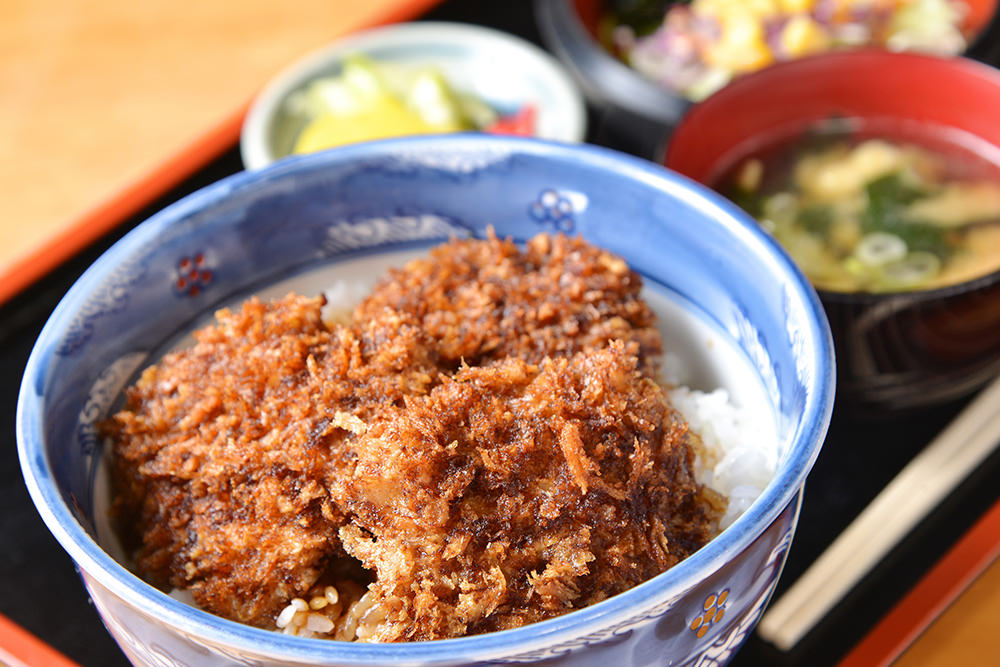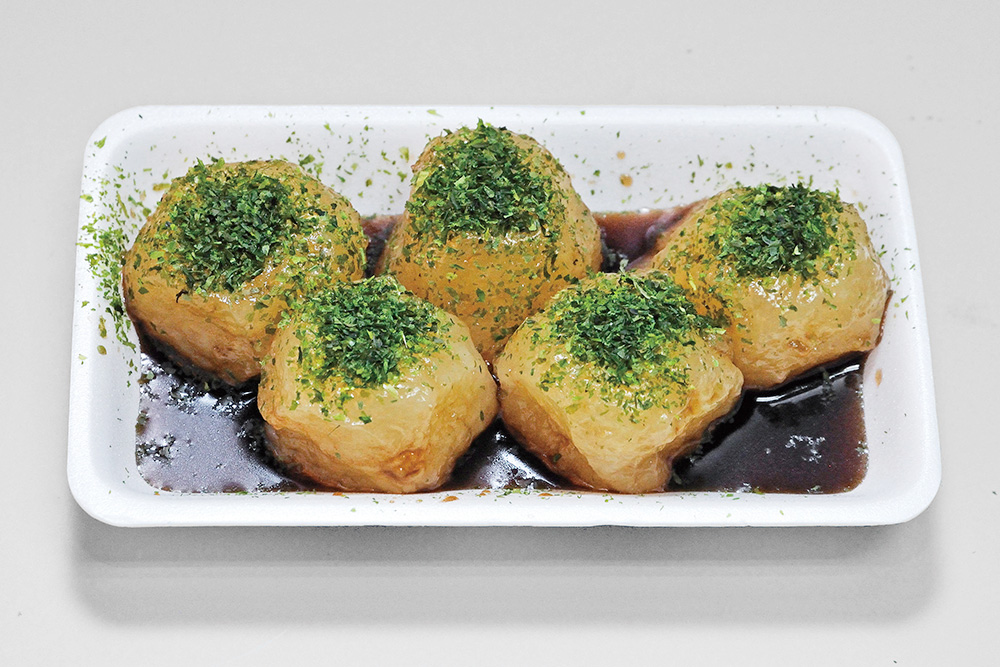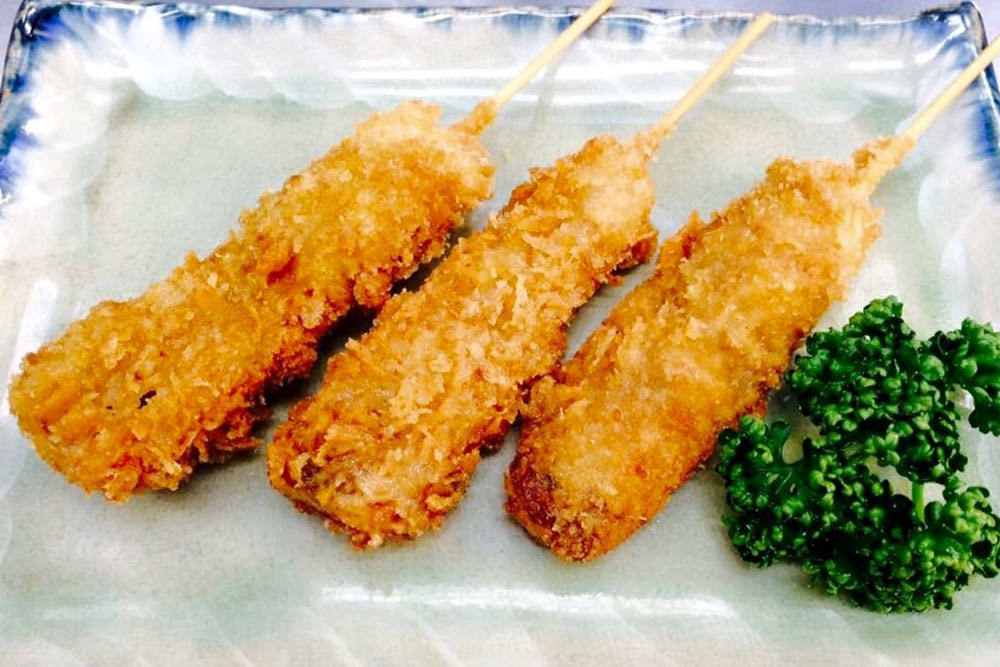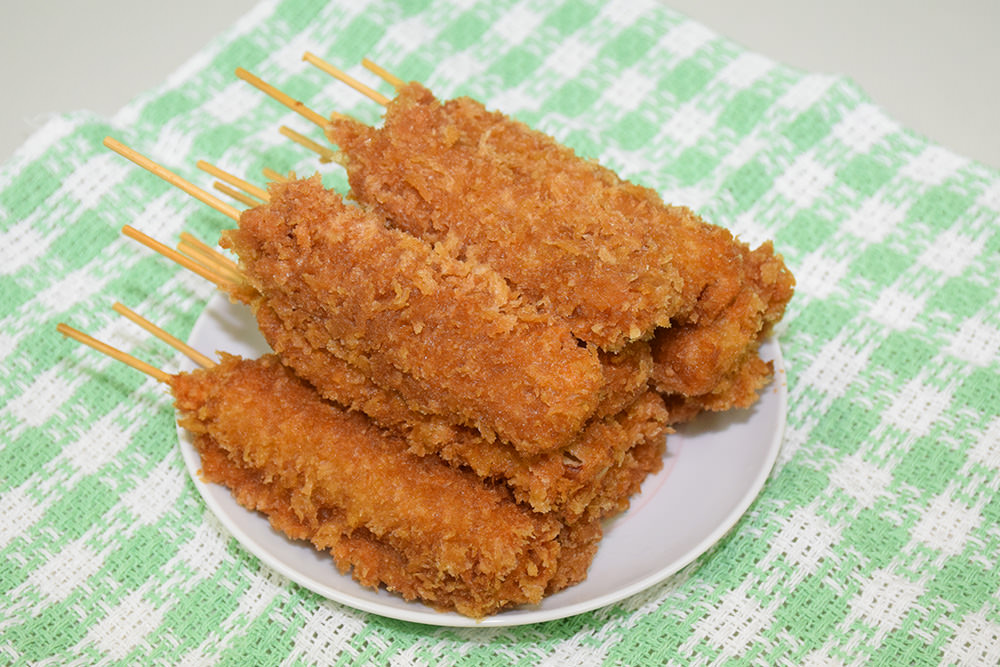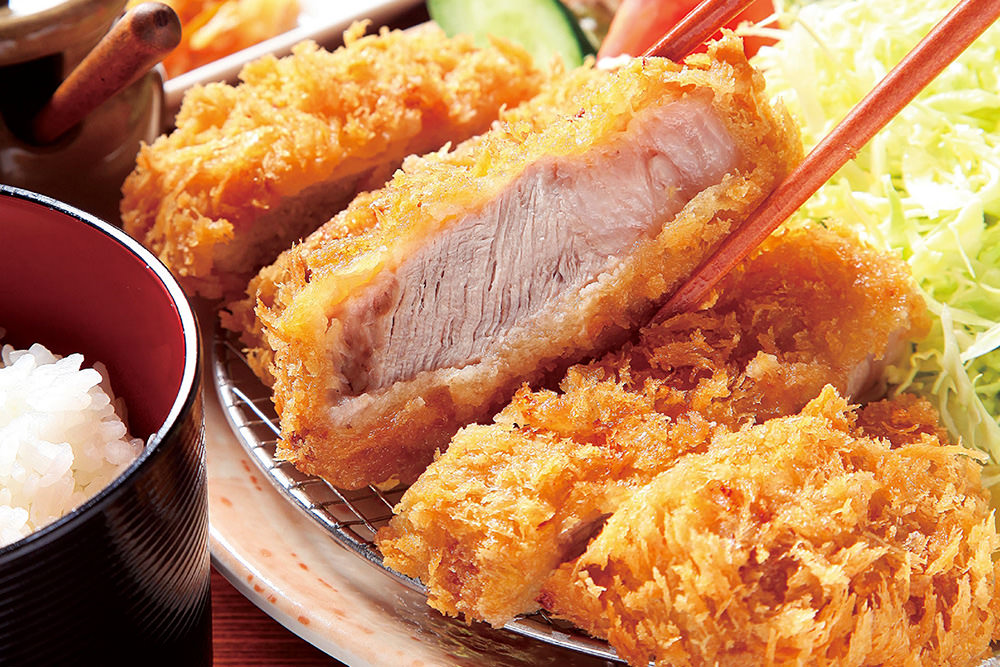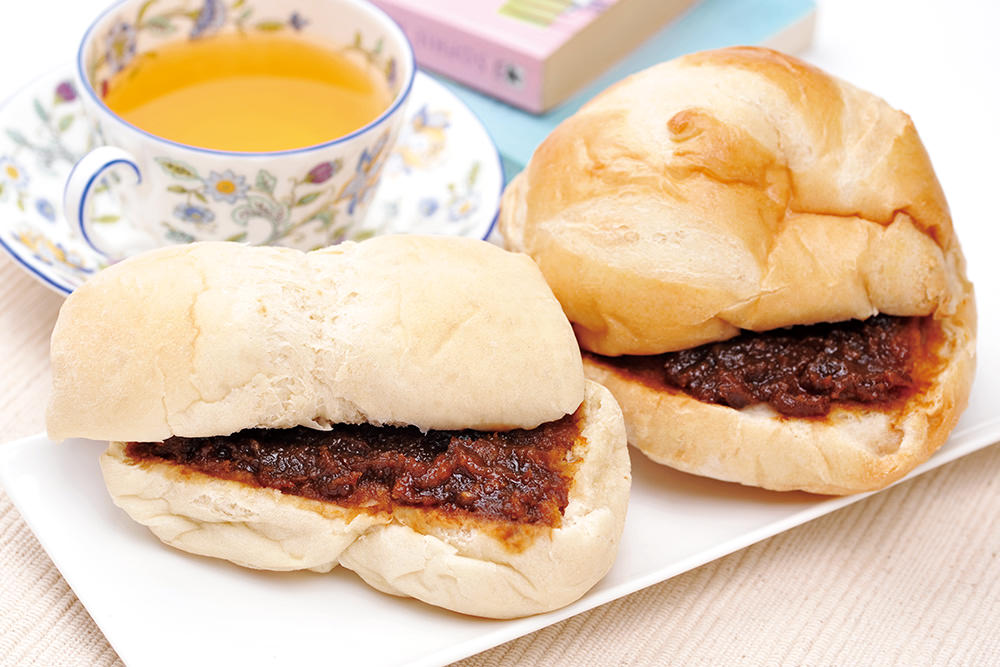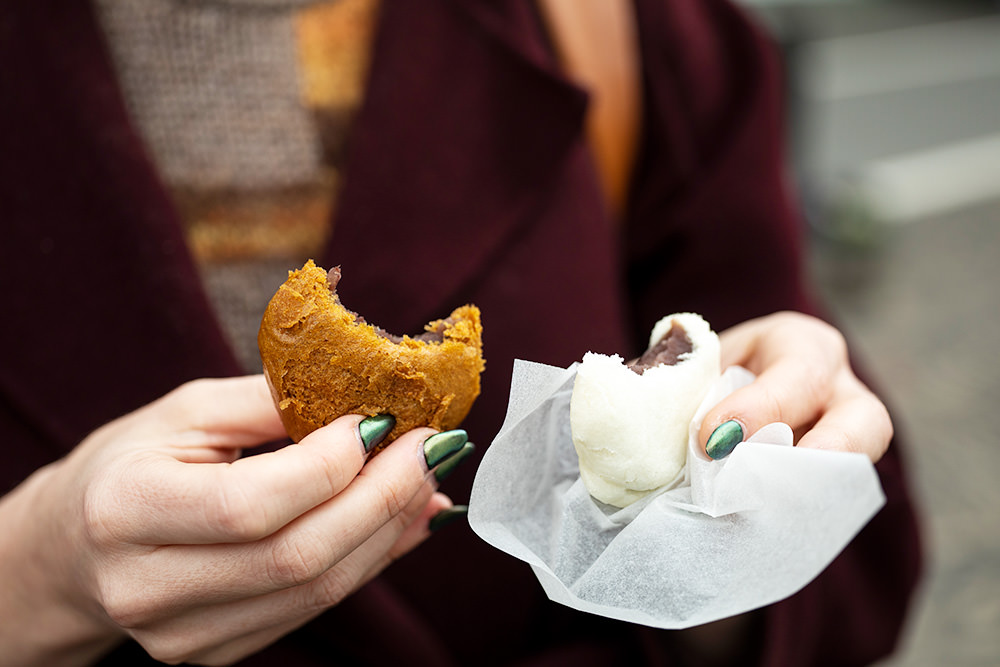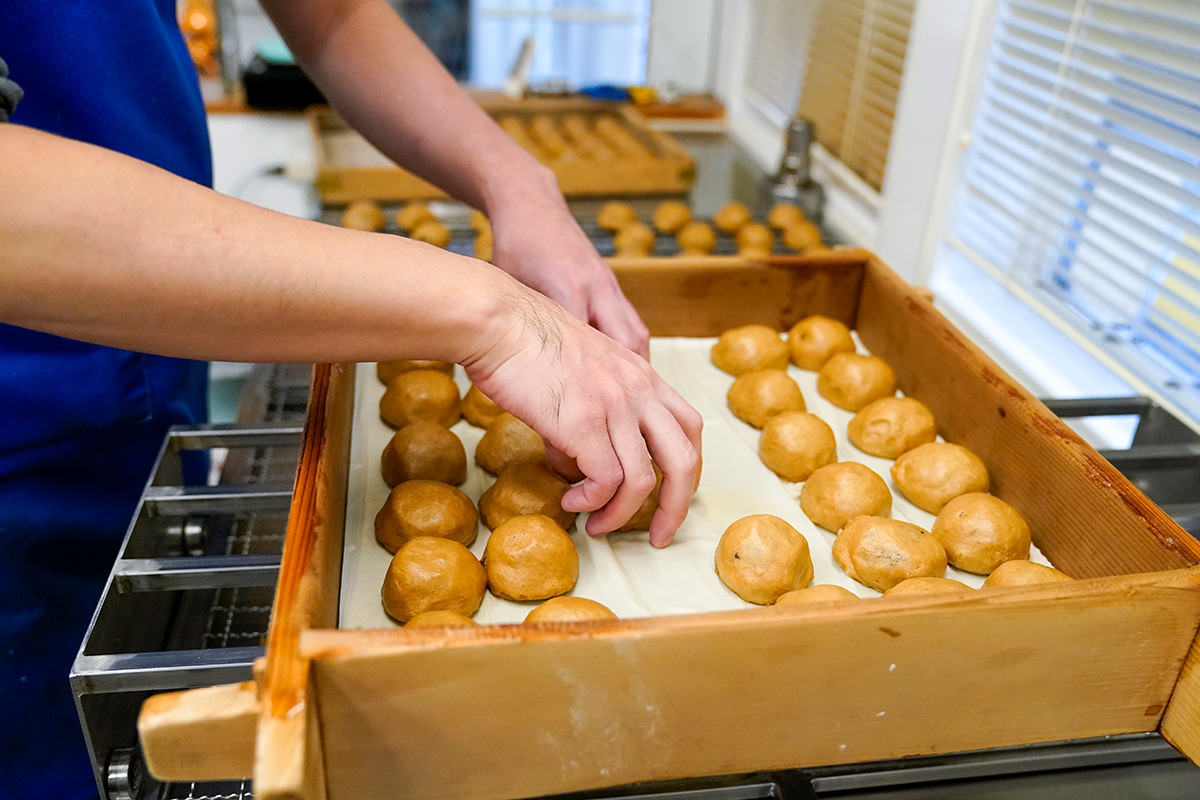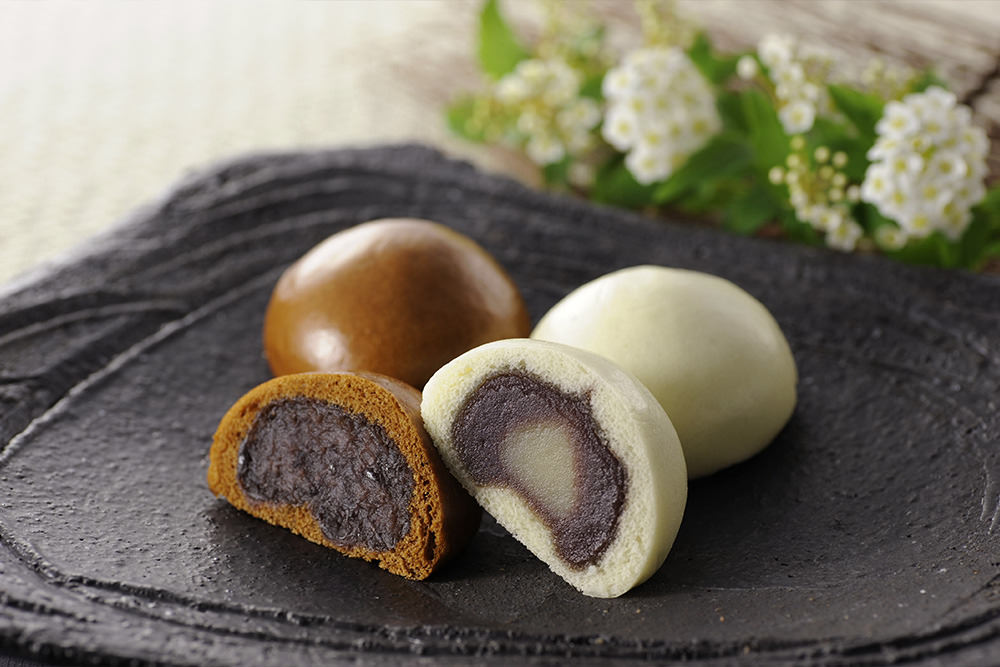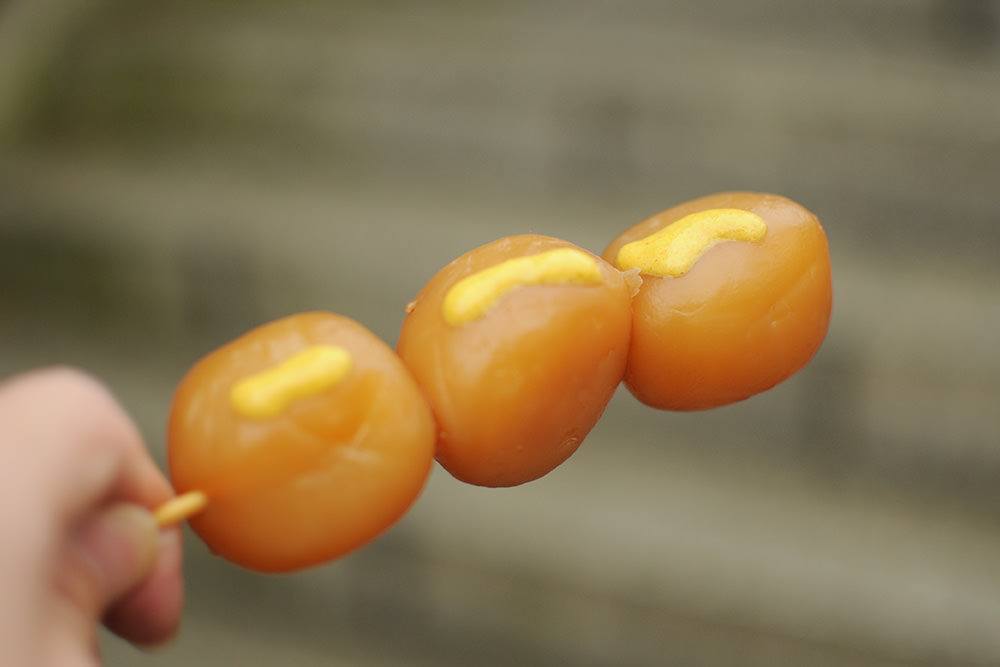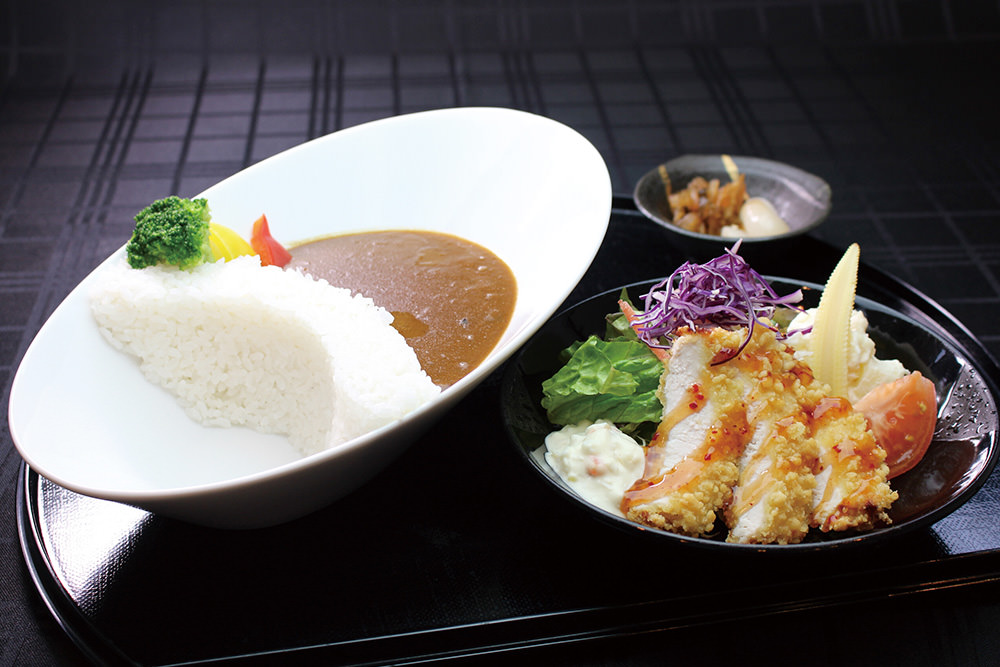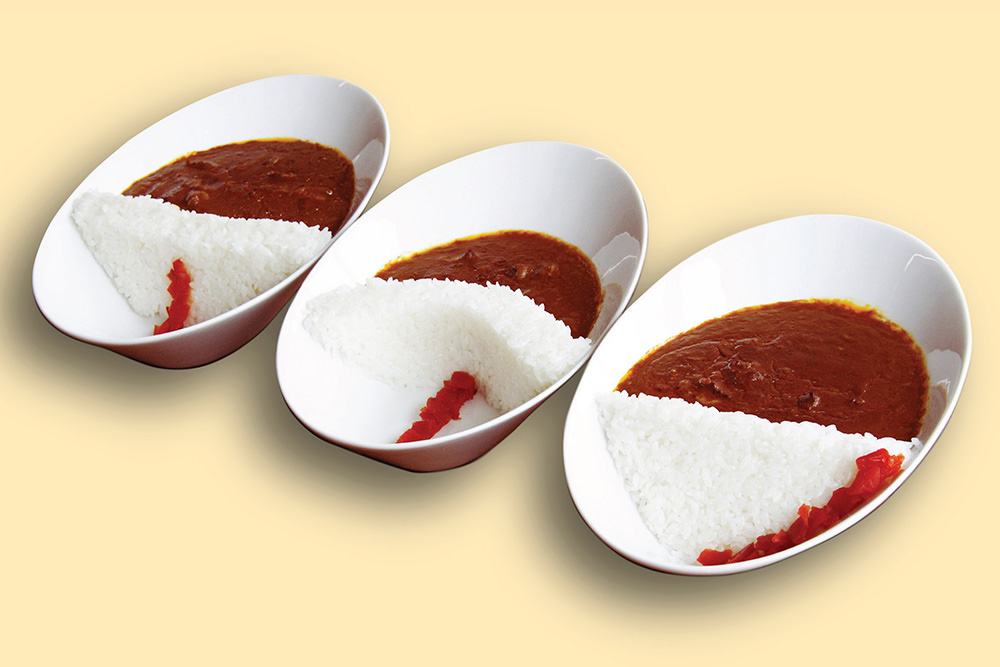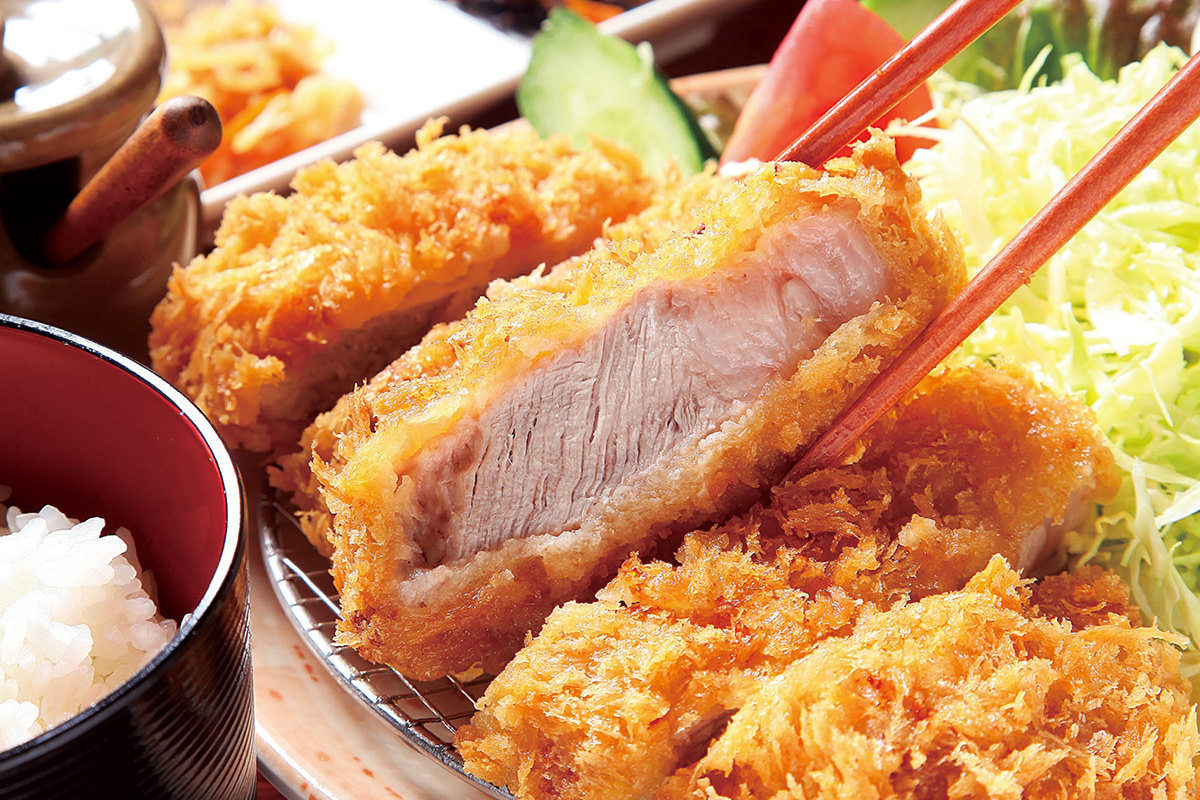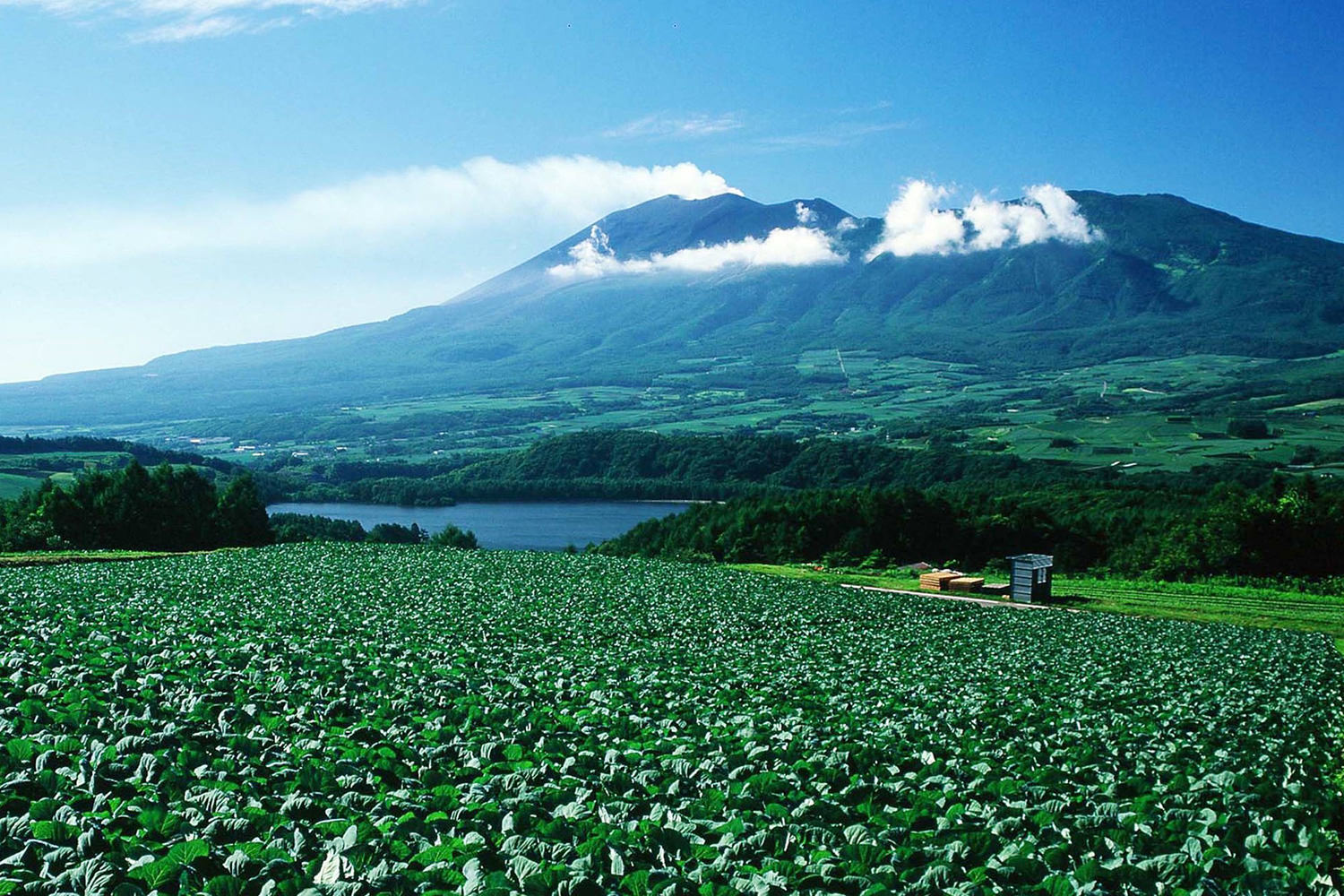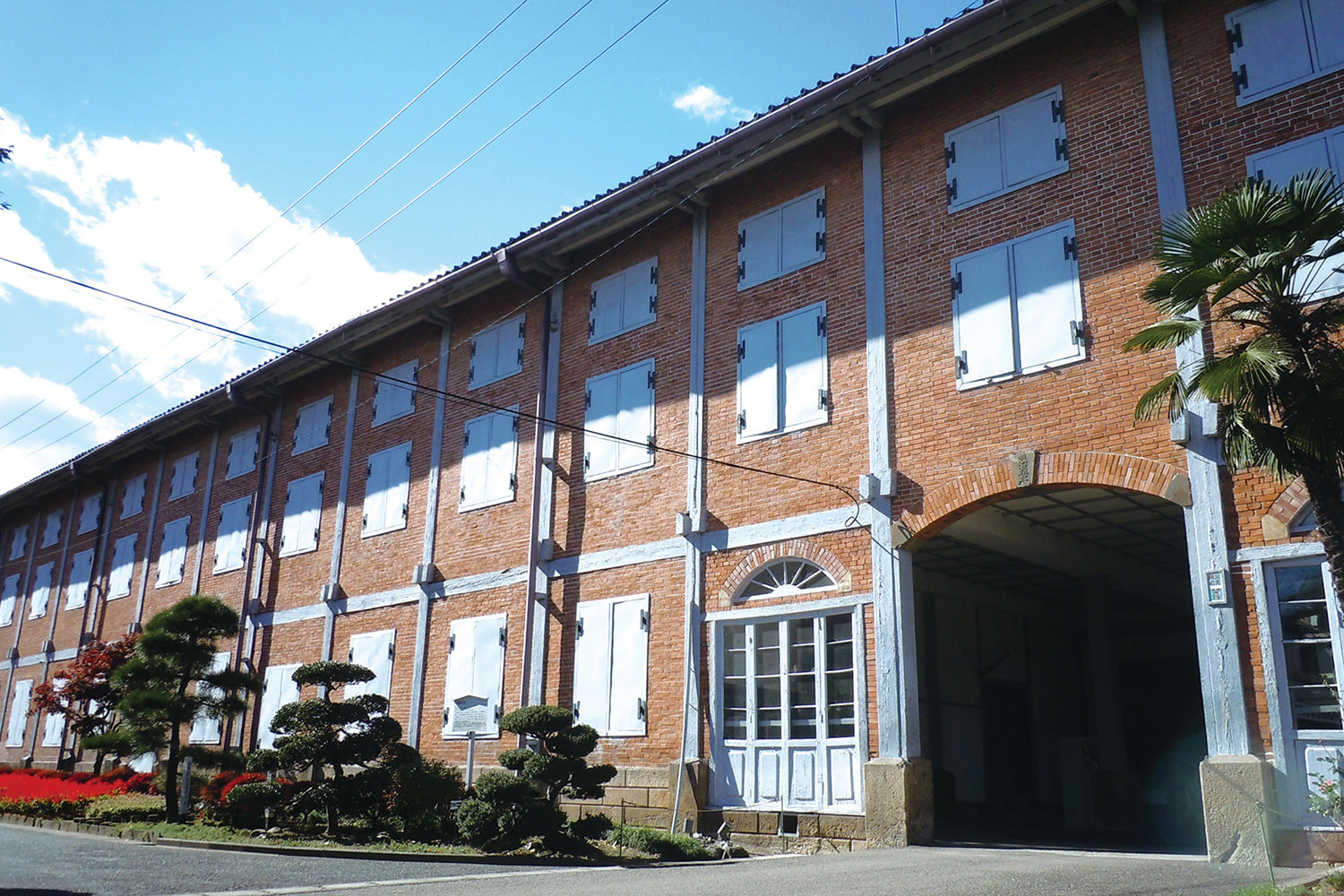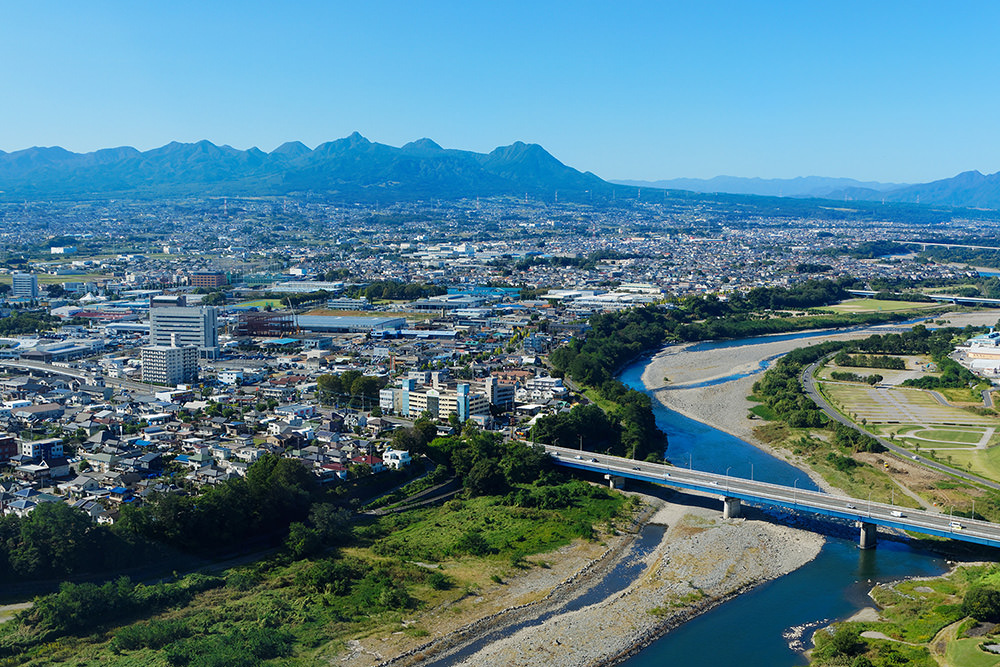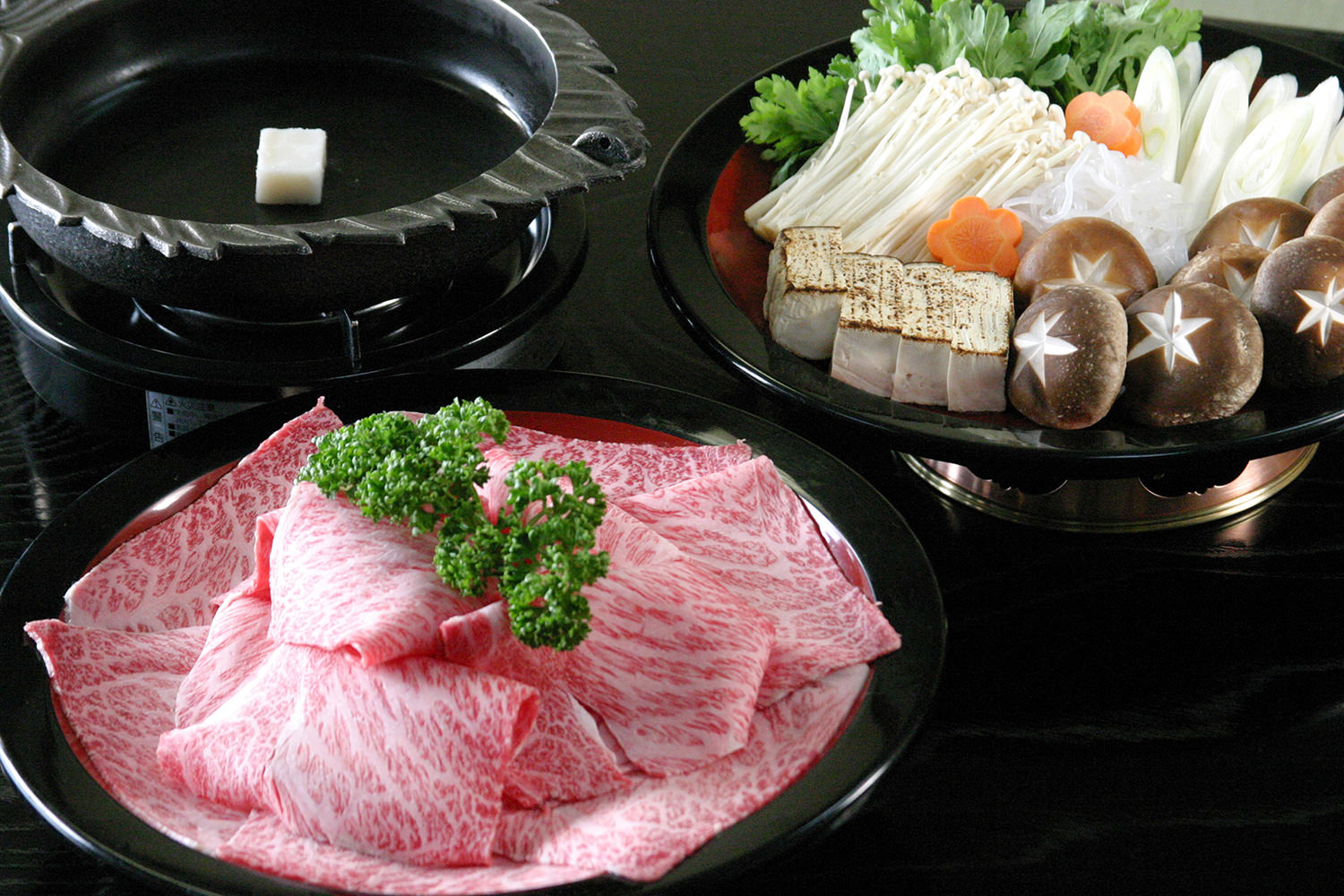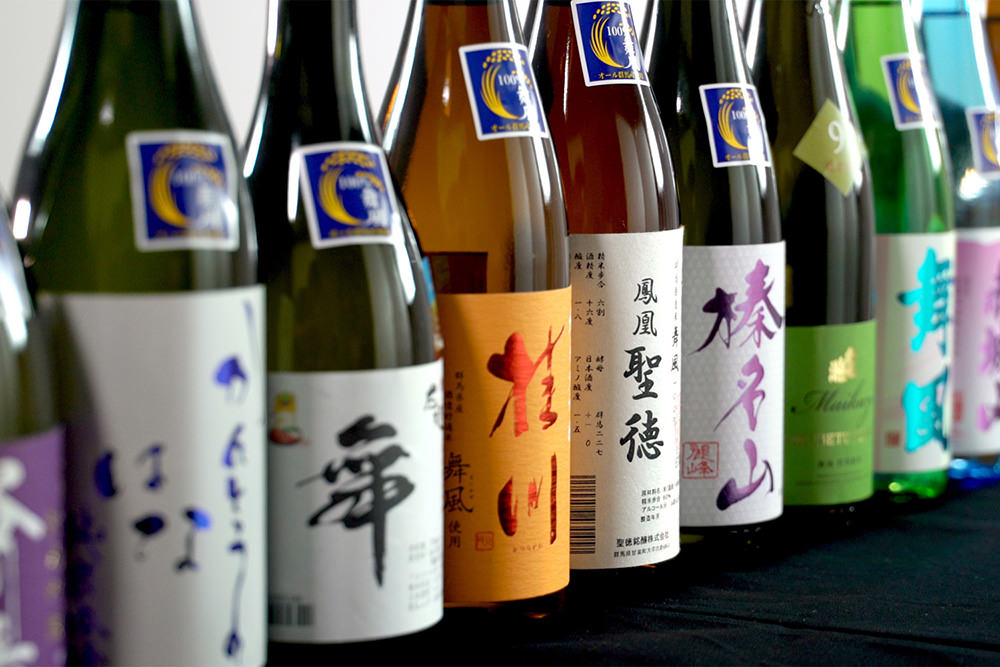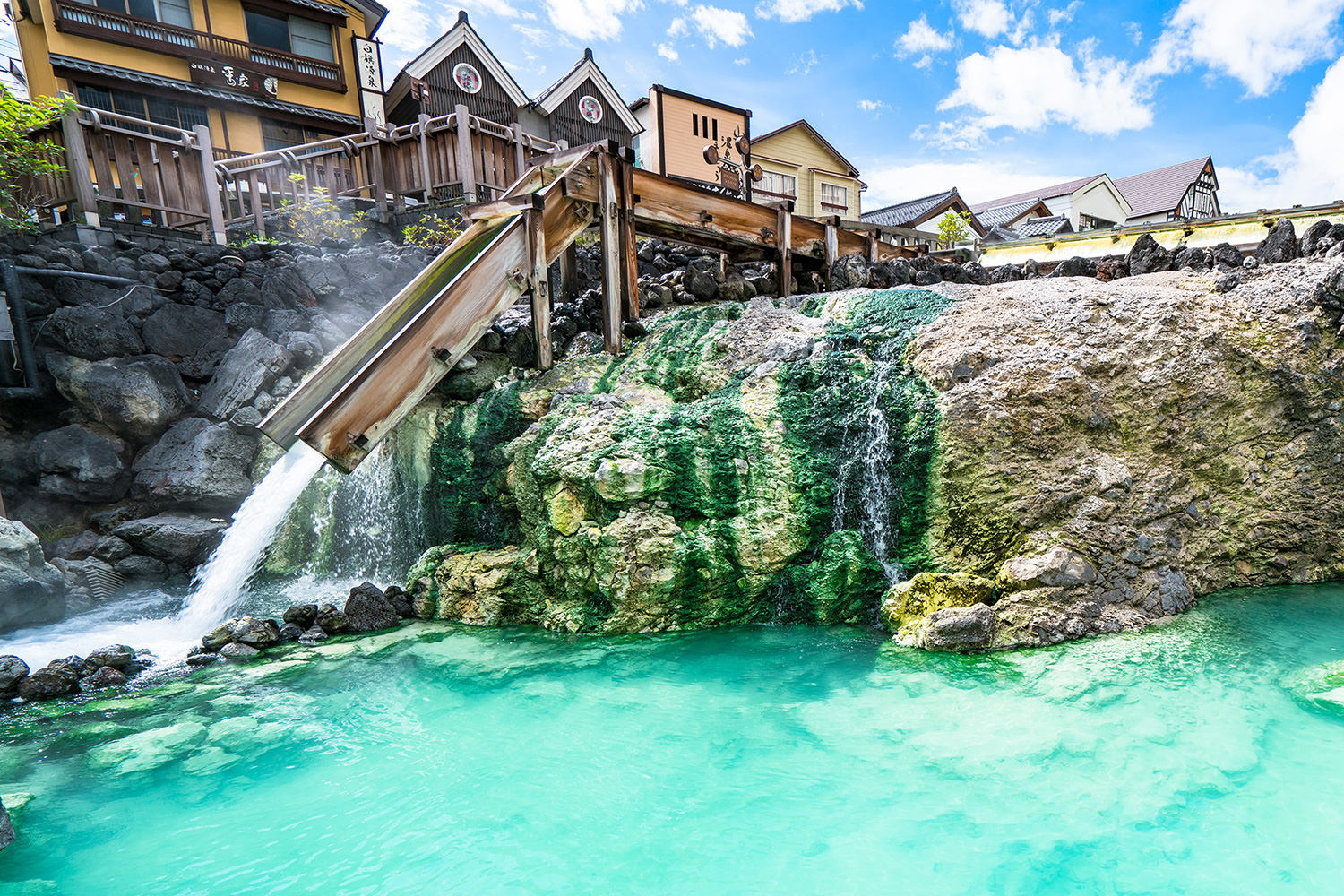STORY
Tasting Gunma: A Journey Through Gunma’s Authentic Cuisine
What do locals crave when far from home? Discover the most delicious, authentic and inexpensive foods from across Gunma
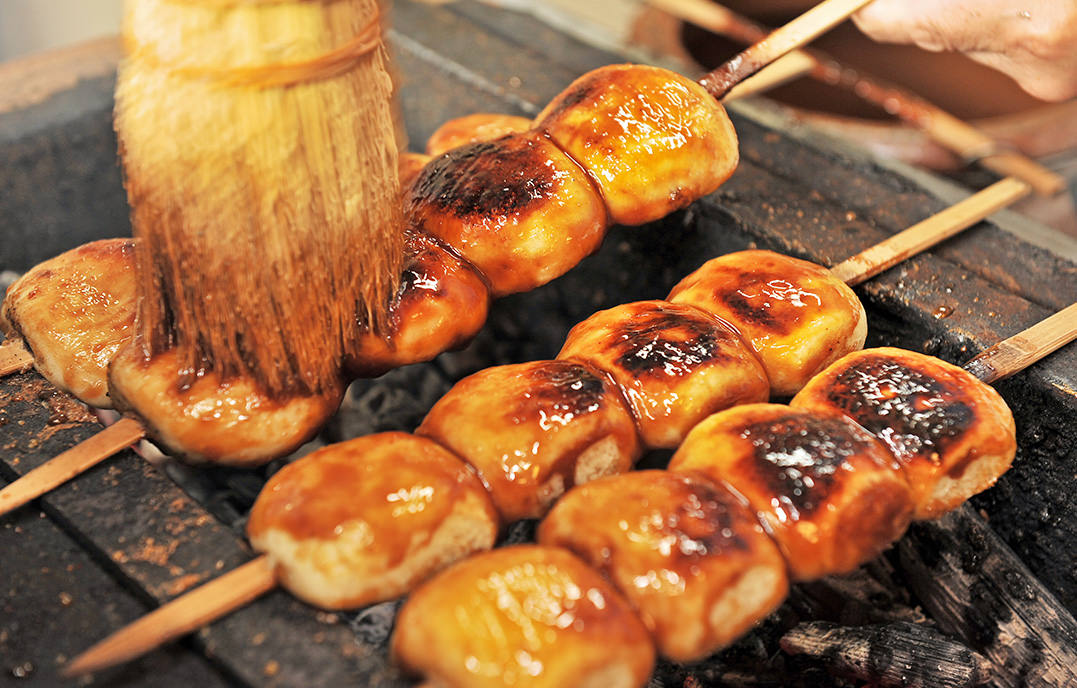
Last updated: August 22, 2024
Gunma’s landscapes are more than beautiful; they’re also ideal for cultivating a wide variety of ingredients that have helped shape the prefecture’s cuisine culture. Sunny weather, nutrient-rich soil, differences in elevation, and an abundance of fresh water have helped agriculture and farming industries thrive. Regional specialties vary, from wheat and cabbage to konnyaku (or konjak, a gelatinous yam cake), to premium meats like beef and pork. This regionality, or terroir, has given rise to “B Gourmet,” inexpensive local specialties you won’t find anywhere else. Read on to learn about ten authentic local dishes to try as you explore Gunma.
